This article is based on concepts from The Advanced Composition Guide which is currently 78% off if you want to dig deeper for further training.
In the physical world, it’s pretty easy to understand the concept of balance.
In the photography world, the concept of balance is a bit more muddled.

Photo by Aziz Acharki
Balance within photography is an element of photographic composition. It relates to how you organize the various things you include within the frame of your picture and how they are positioned relative to each other.
There are balanced compositions and unbalanced compositions. Unbalanced arrangements can be visually exciting. However, they can also be very tricky, as you don’t want to unbalance a composition away from your subject.
Today’s Quick Tip

Photo by Tingey Injury Law Firm
Here’s the first step toward understanding the composition of balance in photography:
Imagine that you place the subject of your photo on one side of a visual scale (metaphor illustrated above), and then you pile all the other elements of your photo onto the other side. A balanced image will be almost level but with a slight visual weight in favor of the subject. An unbalanced composition will tip heavily in one direction or the other.
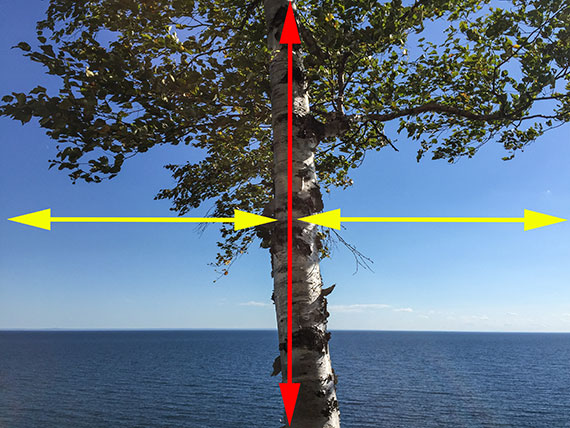
Photo by Kent DuFault
Symmetry is one of the more natural ways to learn how to balance a picture. When an image is symmetrical, one side of the photo mirrors the other.
The tree photograph is an example of vertical symmetry. The left and right sides of the image mirror each other.
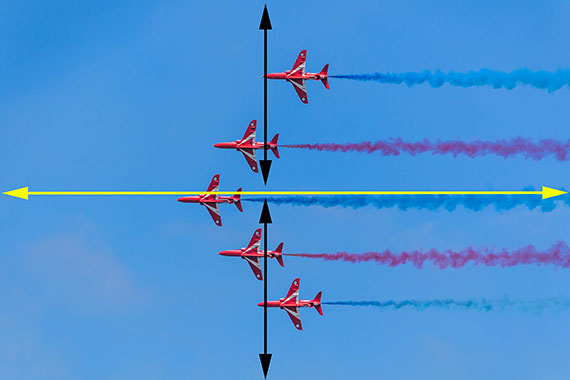
Photo by Andre Mouton
This airplane photograph is an example of horizontal symmetry. The upper half mirrors the lower half.
They balance each other out within the frame of the photo.

Photo by Kent DuFault
The second form of symmetrical balance is radial symmetry. With radial symmetry, the visually heaviest portion of the photographic composition begins at a central point and then radiates outward.
Quick Tip: Symmetry and radial symmetry are the easiest forms of balance within photography composition to master. Symmetrical balance is sometimes referred to as Formal Balance.
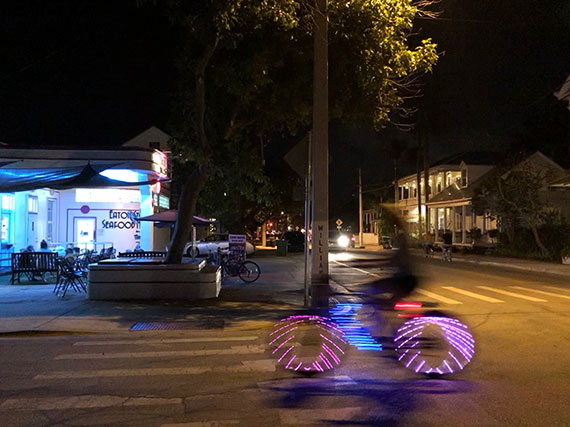
Photo by Kent DuFault
Asymmetrical balance is more challenging to master. There are different forms of asymmetrical balance. This type of composition occurs when opposing objects, with varying visual weight, create a pleasing path through the picture. However, the subject must always carry slightly more visual weight. The visual weight can be distributed throughout the frame by color, placement, tone, line, or juxtaposition.
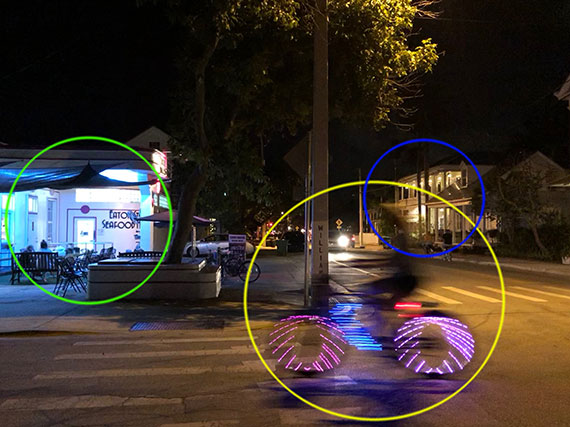
Photo by Kent DuFault
Quick Tip: With asymmetrical balance, careful placement of each object within the frame is crucial. The included objects place visual weight and interest in various portions of the picture, but never overtake the subject as the final resting spot for the eyes. Asymmetrical balance is sometimes referred to as Informal Balance.

Photo by Cindy Tang
Quick Tip: Negative space can be an essential tool in establishing balance. This building’s precarious position only works because a large amount of the frame has been given to negative space. The negative space balances out the dramatic visual weight of the building.
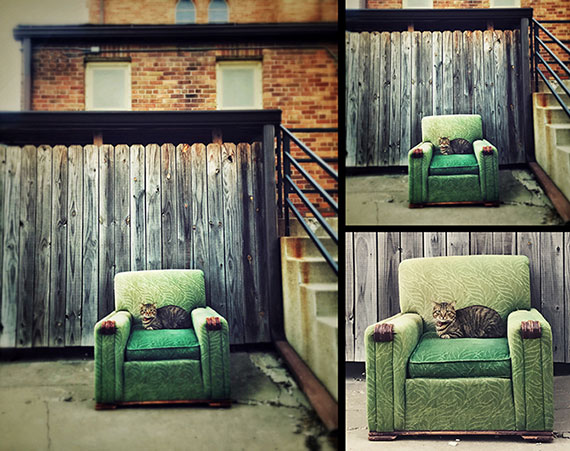
Photo by Kent DuFault
Quick Tip: One way to tell if your photograph might be unbalanced is if you find yourself trying all different kinds of crops to make it feel right.

Photo by Kent DuFault
As your skills in composition improve, balance can become second nature and involve many different elements within a frame.
Quick Tip: You can combine different forms of balance within the same frame. The photograph of the food stand (above) combines radial symmetry with asymmetrical elements to create a complex composition.
About the Author:
Kent DuFault is an author and photographer with over 35 years of experience. He’s currently the director of content at the online photography school, Photzy.
For Further Training, Deal Ending Soon:
This newly updated & expanded in-depth guide rolls years and years of practical knowledge, condensed into 239 pages packed with training, illustrations, and assignments. Advanced Composition goes far beyond knowing what composition is… (or, even knowing what the tools of composition are). Develop the SKILLS of anticipation, pre-visualization, and timing that are core to capturing great photography. It is currently 78% off which ends soon.
Broken into 84 key lessons, 38 assignments, & 117 self-check questions – it delves DEEP into the artistic and technical aspects of photographic composition. With this guide you will learn to SEE light, shadow, lines, curves, space, repetition, and focal points.
Deal found here: The Advanced Composition Guide at 78% Off
- - - - - - - - - - - - - - - - - - - - - - - - - - - - - - - - - - - - - - - - - - - - - - - - - - - - - - - - - - - - - - - - - - - - - - - - - -
Did you appreciate this newsletter? Please help us keep it going by Joining Our Patreon Supporters
What are your thoughts on this article? Join the discussion on our Facebook Page
PictureCorrect subscribers can also learn more today with our #1 bestseller: The Photography Tutorial eBook
- - - - - - - - - - - - - - - - - - - - - - - - - - - - - - - - - - - - - - - - - - - - - - - - - - - - - - - - - - - - - - - - - - - - - - - - - -
The post How to Create Powerful Photos Through Balance appeared first in the Photography Tips category on PictureCorrect.
from PictureCorrect https://ift.tt/NyOASiG
via IFTTT






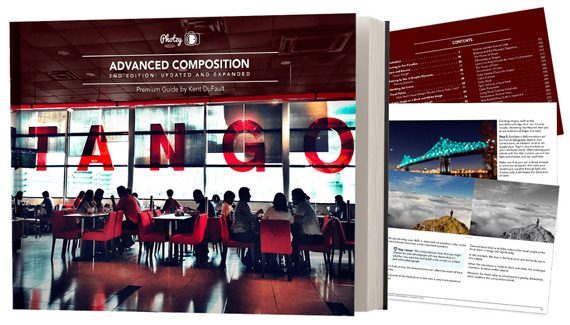
0 kommenttia:
Lähetä kommentti